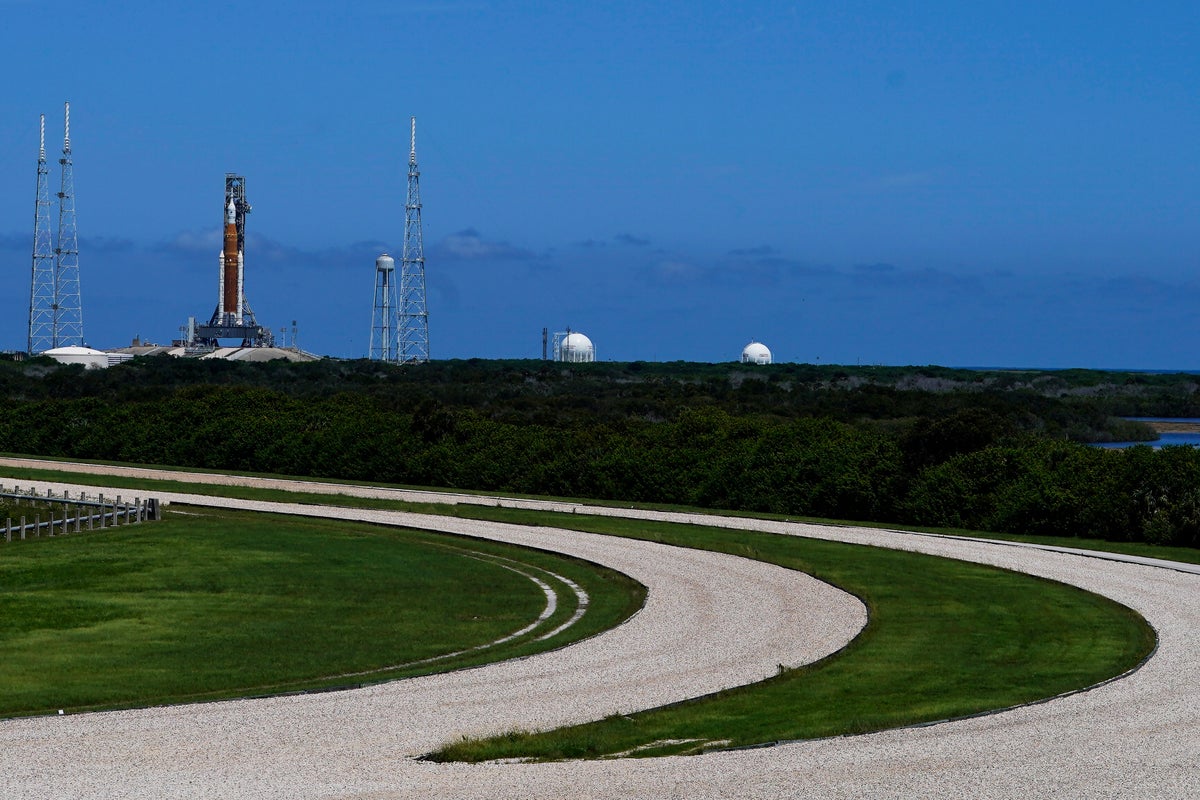
NASA aimed for a Saturday launch of its new moon rocket, after fixing fuel leaks and working around a bad engine sensor that foiled the first try.
The inaugural flight of the 322-foot rocket — the most powerful ever built by NASA — was delayed late in the countdown Monday. The Kennedy Space Center clocks started ticking again as managers expressed confidence in their plan and forecasters gave favorable weather odds.
Atop the rocket is a crew capsule with three test dummies that will fly around the moon and back over the course of six weeks — NASA's first such attempt since the Apollo program 50 years ago. NASA wants to wring out the spacecraft before strapping in astronauts on the next planned flight in two years.
“This is a test flight, right? And so while I feel very good about our procedures, when you look the team in the eye, they're ready. We can't control the weather,” NASA's Jeremy Parsons, deputy manager of exploration ground systems, said Friday.
The engineers in charge of the Space Launch System rocket insisted Thursday evening that all four main engines were good and that a faulty temperature sensor caused one of them to appear as though it were too warm Monday. The engines need to match the minus-420 degrees Fahrenheit (minus-250 degrees Celsius) of the liquid hydrogen fuel at liftoff, otherwise they could be damaged and shut down in flight.
“We have convinced ourselves without a shadow of a doubt that we have good-quality liquid hydrogen going through the engines. There's no fuzz on that,” said John Honeycutt, the rocket's program manager.
Once fueling begins Saturday morning, the launch team will perform another engine test — this time earlier in the countdown. Even if that suspect sensor indicates the one engine is too warm, other sensors could be relied on to ensure everything is working correctly and to halt the countdown if there’s a problem, Honeycutt told reporters.
NASA could not perform that kind of engine test during dress rehearsals earlier this year because of leaking fuel. More fuel leaks cropped up Monday; technicians found some loose connections and tightened them.
The $4.1 billion test flight is NASA's first step in sending astronauts around the moon in 2024 and landing them on the surface in 2025. Astronauts last walked on the moon in 1972.







